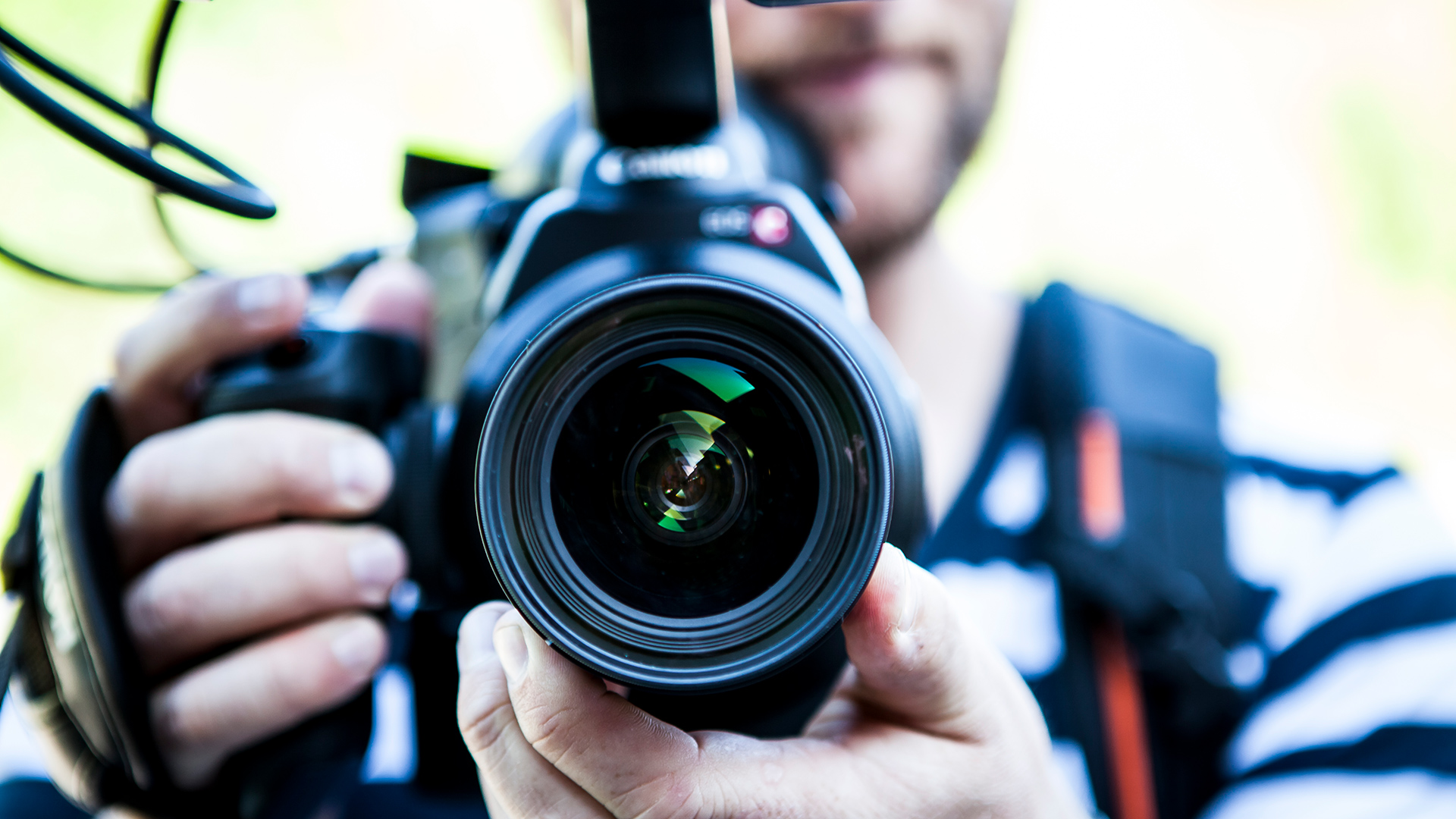
In filmmaking, time is money. Especially when shooting in a foreign country. Don’t waste it.

As discussed in some of my previous articles, travel filmmaking can be a real challenge. But that’s why we do this, right? We love to solve problems and embrace these challenges. It’s so rewarding when everything comes together at the end of a project.
Of course, in order to get to that point, you need to put in a lot of work. One thing about shooting abroad is that the clock is always ticking. You’re there for a limited time and (perhaps more than any other production scenario) every second really counts. If you’re not prepared properly, things can quickly unravel and before you know it, you’ve lost two shoot days and come home with an unfinished film. So in this article, I’m covering some of the most useful things I’ve utilised that have ensured I maximise my time on location whilst filmmaking in a foreign country.
It’s that old adage ‘failing to prepare is preparing to fail’. It’s cliche, but it rings true. The success of a day shooting on location primarily comes down to pre-production. How well did you prepare for the day?
Essential things you should plan for on a travel shoot
In my article ‘Here’s everything you need to know before heading on a foreign shoot’, I cover a lot of the nuts and bolts of pre-production. At a glance, here are a few of the main things you should put in place leading up to your trip:
- Permits: This is a no brainer. Wherever you are in the world, ensure you’ve got permission from the relevant authorities to film!
- Production calendar: From the moment you step off the plane, know where you need to be and when. Be realistic and build in padding that allows for things to go wrong. Because they will!
- Shot lists: Draw up your full shot list and be brutal. Ask yourself, do you really need to get this shot? Is it essential? How long will it take?
- Scout locations: If it can be built into the production schedule, take the time to scout your locations. Get a feel for what it will be like to shoot there. You can use an app such as Helios Pro to find out where the light will be and when, even simulating how it will fall on the environment. Conduct your risk assessments and health and safety checks and have a look for power outlets.
- Accomodation: Make sure it’s booked! Ensure it’s comfortable and in the right location.
- Fixers: The most important cog in your travel filmmaking machine. Have someone you can really rely on who knows the lay of the land and ensures your production goes as smoothly as possible.
Doing all of these things in pre-production ensures you’ve freed up as much of your time as possible which can then be dedicated and channelled toward the actual filmmaking process itself. That’s what we’re all here for!
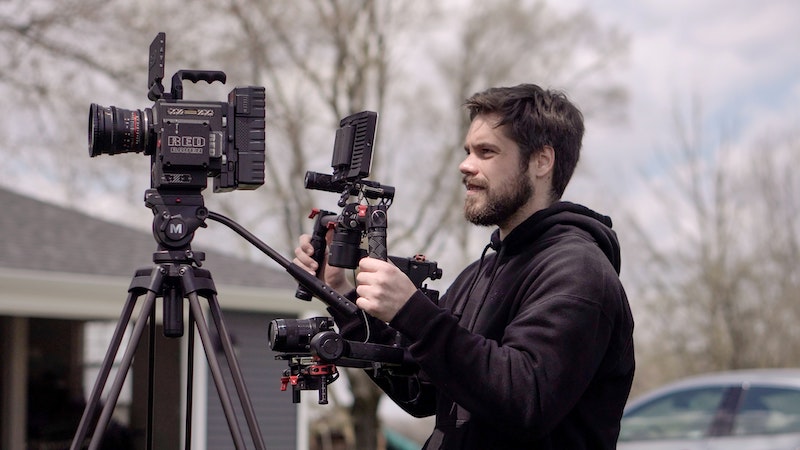
There are also a lot of things you can do on the day that will help maximise your time shooting. Firstly, have a detailed timetable for each day.
For example, let’s say you’re shooting a ritual in a rainforest with a local tribe. You want to know when you’re going to get to the village and how long you’ll have to set up. You want to know the rough schedule and plan of what’s going to happen in the ritual. Be realistic and know exactly what you can achieve in that one day.
Can you get the wide and close-up shots with one rig or do you need two? Can drone footage be captured simultaneously? You also need to make time for lunch and other breaks. Shoot days are tiring and demand a lot of energy so don’t ignore the need to hydrate and re-energise.
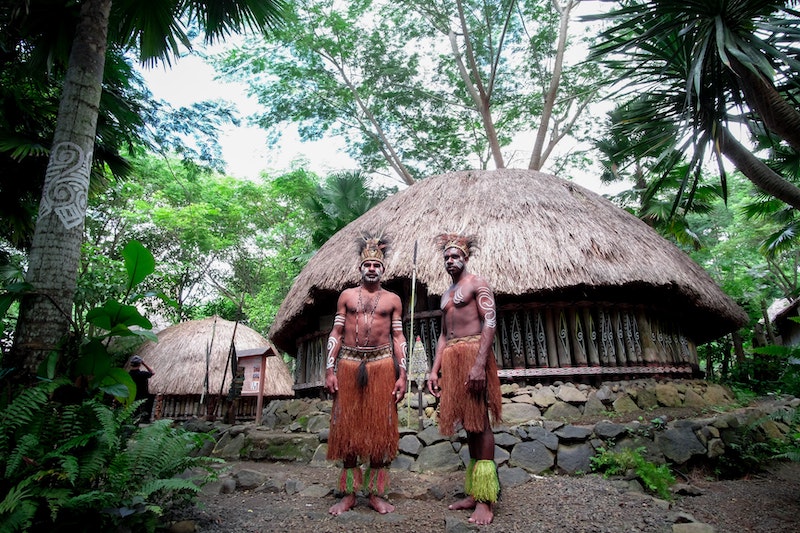
Talking of mealtime, this can work really well when it comes to feeling prepared. At the start of the day, for breakfast, have the team gather together so that you can brief everyone. Make it clear what you’re setting out to achieve and what the roles are for each individual. When you’re all on the same page, it’s harder for things to go wrong.
In this daily briefing, also take the time to check things such as the weather and the local news. Be fully aware and know the environment you are about to step into.
I like to replicate this process at the end of the day too. Over dinner, a debrief at the end of the day helps you all to understand what worked well and what didn’t. Take the time to talk about these things and prepare for the next cycle tomorrow. In general, I think these team meetings over breakfast and dinner are really useful for morale and bonding as well! A happy production team means a much more enjoyable process and a higher chance of success.
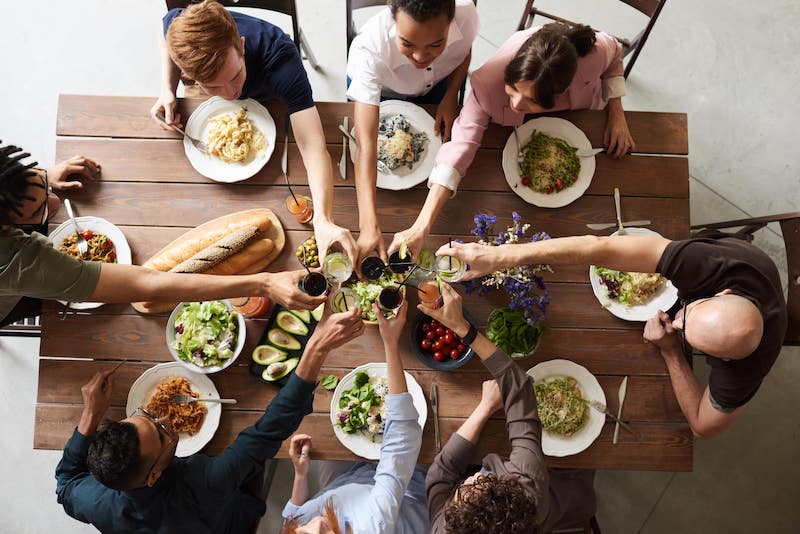
Lastly, use the night before wisely. Yes, it may be tempting to put your feet up and crack a beer (it’s deserved), but batteries need charging, footage needs dumping and backing up (twice, at least) and your gear needs cleaning. Furthermore, treat your body in the same way. Take care of it and ensure you’re as sharp as possible by getting a good night of sleep and rest. I’m always amazed by how much of a difference this one can make.
I hope these tips prove useful - if you have any others I would love to hear them in the comments!

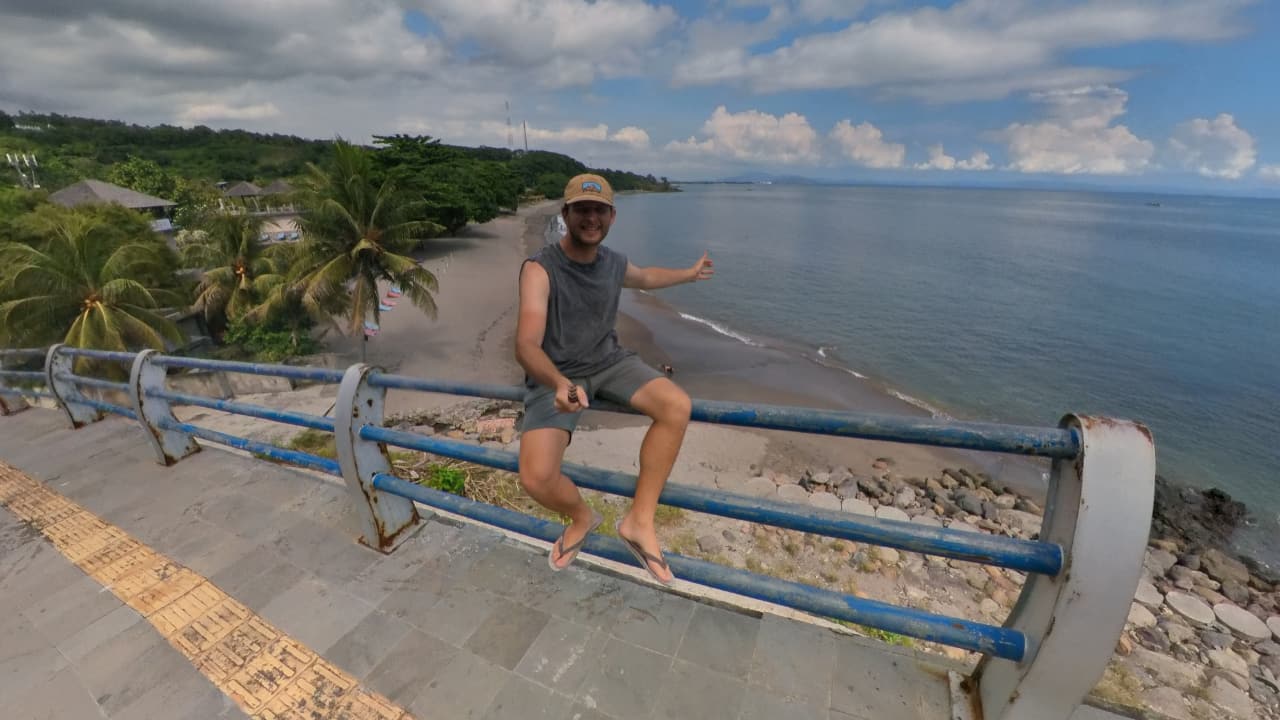
Comments